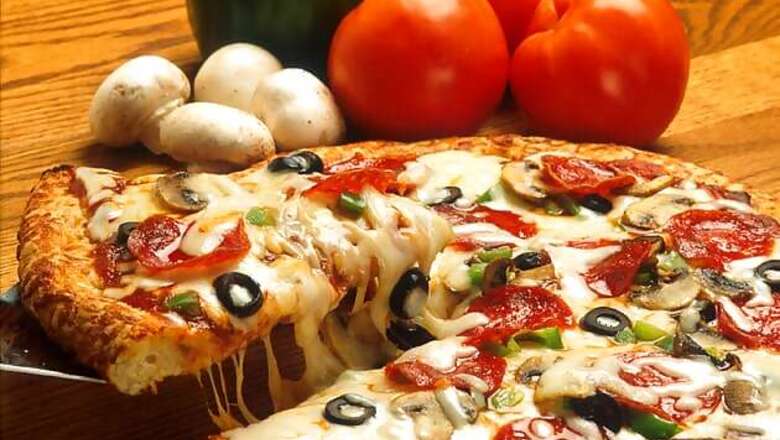
views
New York: We might soon be getting highly customised 3D-printed food items to eat. The technology is poised to be widely used in the food industry in the next 20 years to customise foods and expedite delivery of food to consumers, shows new research.
"No matter what field you are in, this technology will worm its way in," said Hod Lipson, a professor of engineering at Columbia University and a co-author of the book 'Fabricated: The New World of 3D Printing'.
"The technology is getting faster, cheaper and better by the minute. Food printing could be the killer app for 3D printing," he added.
Lipson put forth his observations at 'IFT15: Where Science Feeds Innovation' held recently in Chicago.
He said 3D printing is a good fit for the food industry because it allows manufacturers to bring complexity and variety to consumers at a low cost.
For example, users could choose from a large online database of recipes, put a cartridge with the ingredients into their 3D printer at home, and it would create the dish just for that person, Lipson said.
The user could customise it to include extra nutrients or replace one ingredient with another.
Anshul Dubey, research and development senior manager at PepsiCo, said 3D printing already is having an impact within the company, even though it is not yet being used to make food.
For example, consumer focus groups were shown 3D-printed plastic prototypes of different shaped and coloured potato chips. He said using a prototype such as that, instead of just a picture, elicits a more accurate response from the focus group participants.
The US military is just beginning to research similar uses for 3D food printing, but it would be used on the battlefield instead of in the kitchen, said Mary Scerra, food technologist at the US Army Natick Soldier Research, Development and Engineering Centre in Natick, Massachusetts.
She said that by 2025 or 2030, the military envisions using 3D printing to customise meals for soldiers that taste good, are nutrient-dense, and could be tailored to a soldier's particular needs.
"Wouldn't it be interesting if they could just print and eat," Scerra said.













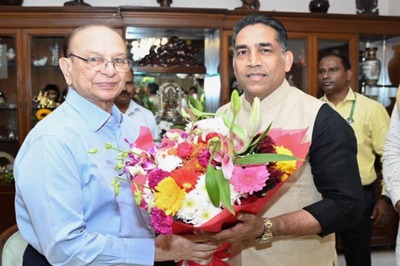
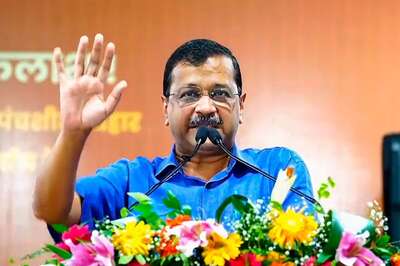
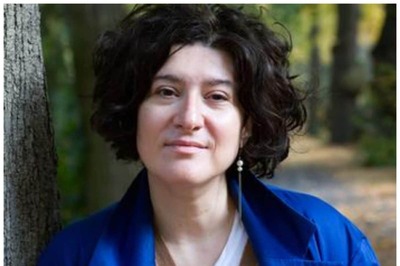
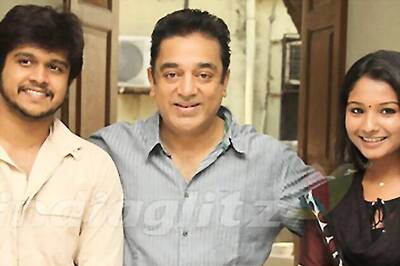



Comments
0 comment